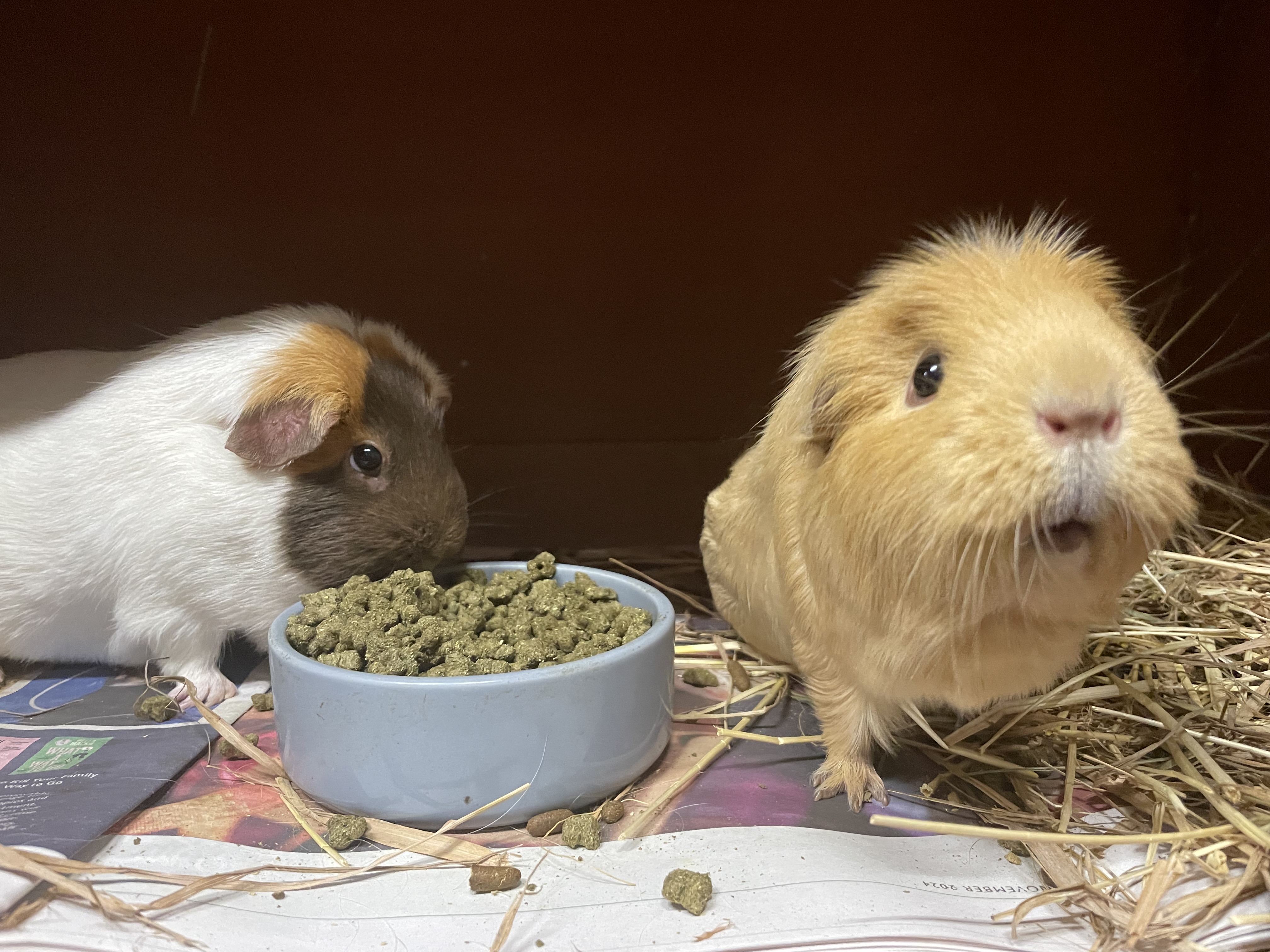Todorov’s narrative theory
Cards (67)
- What is the main focus of todorov’s narrative theory?
- What is the typical structure of a narrative according to Todorov?
- What does 'equilibrium' mean in the context of a narrative?
- What happens during the disruption phase of a narrative?
- How does the quest relate to the disruption in a narrative?
- What is meant by 'new equilibrium' at the end of a narrative?
- Why might some media products not follow the typical narrative structure?
- What are the three parts of todorovs narrative theory?
- Why might printed products like film posters emphasize disruptions over equilibrium?
- Why do some horror films start with immediate disruptions?
- What effect does a sudden disruption at the end of a horror film have on the audience?
- What is the main focus of Todorov’s narrative theory?
- What is the typical structure of a narrative according to Todorov?
- What does 'equilibrium' mean in the context of a narrative?
- What happens during the disruption phase of a narrative?
- Can you give an example of a quest that a hero might undertake in a narrative?
- What is meant by 'new equilibrium' at the end of a narrative?
- Why might printed products like film posters emphasize disruptions rather than equilibrium?
- Why might horror films challenge the typical narrative structure?
- What effect does a sudden disruption at the end of a horror film have on the audience?
- What are the three parts of Tadros narrative theory?
- How can you identify narrative structures in media products?
- What should you consider when analyzing film posters for narrative elements?
- Why is it important to recognize that not all media products follow Todorovs narrative structure?
- Who was Tzvetan Todorov?
- What did Todorov believe about narratives?
- How does Todorov's view differ from Lévi-Strauss's?
- What is the significance of recognizing transformations in narratives?
- Who influenced Todorov's narrative theory?
- What did Propp analyze in his book, Morphology of the Folktale?
- What types of heroes did Propp identify?
- What role does the villain play in Propp's narrative structure?
- What is the role of the donor in Propp's narrative structure?
- How does Propp's narrative structure typically organize stories?
- What is the significance of the first seven narrativemes in Propp's theory?
- What does Todorov argue about media narratives in the 1970s?
- What are the three stages of Todorov's ideal narrative structure?
- How does the new equilibrium differ from the initial equilibrium in Todorov's theory?
- What are the key features of Todorov's three-act narratives?
- How do contemporary narratives test Todorov's three-act structure?
